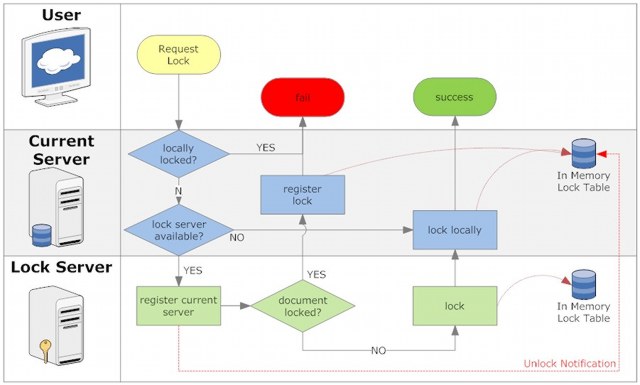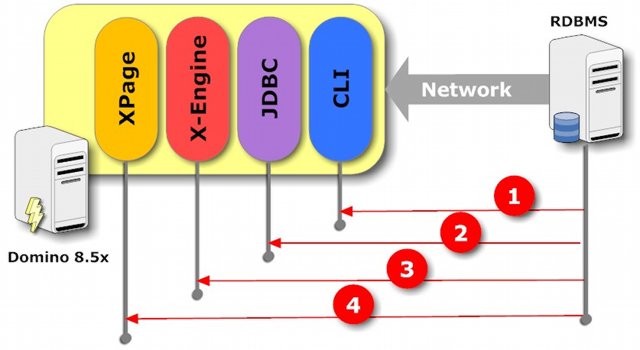I used to be a happy
Netgear ReadyNAS NV+ user for almost 2 years. Until yesterday. After a routine shutdown the unit wouldn't power on anymore. Just a short blink of the LED and end of story. I removed the disks and verified that it is the unit, not one of the disks. So far so good, s**t happens, that's what warranties (the ReadyNAS comes with 5 years of it) and support lines are for.
So I called the 24x7 hotline proudly promoted on the
Netgear Singapore website. Since I called after hours (I have a
dayjob after all) I was transferred to the international support centre. To make it clear: everybody was polite and followed their scripts - but utterly useless. So no one at the front line to blame, rather the guys who designed that support system. Netgear's support centre is located in India (surprise, surprise) and lot of the people I spoke to had a clear Indian accent. I'm fine with that, a lot of my friends are Indian and typically fine folk. Someone with no exposure to Asia might struggle a bit.
The first person just functioned as a kind of dispatcher, giving me a case id and connecting me to a support engineer. The engineer concluded that a unit not powering up is a level 3 issue, gave me a new case id and connected me to a level 3 engineer. Than engineer concluded what I told the first guy: "The unit needs servicing". But he neither could issue a RMA number nor tell me where to bring the unit. He connected me to the department in charge, at least he thought. I ended up disconnected. So I called again. Stated my case ID, went to the second level engineer who then directly connected me to someone else. Every time I get connected I had to not only wait considerable time but also restate my case ID to every person I talked to. Now they told me I have to call the Singapore hotline to get an RMA for Singapore. I didn't pay attention that moment, but it turned out that it was the number I called in the first place. So I went through another round. When I ended in the same department again the person told me, that her supervisor could help but currently was in a meeting and would call me back. Which (s)he didn't. So this morning I called again. I asked the first guy why he not just could press the button and issue me a RMA and tell me where to bring the unit. He told me that they had different departments and his wouldn't handle ReadyNAS and that he would loose his job when breaking the rules and that he wouldn't do that. So I went through phone hell again. They tried to deflect me again to the Singapore support number (the one I was calling). After insisting that that is not a solution, they gave me the Netgear Singapore office number (for your reference: +65 62336810). It is Saturday, so what happened: A tape announcement tells me that the office operates Monday to Friday during office hours and anyway for technical support I should call the 24x7 hotline (from Singapore 800 6011 369)... exactly that number that was so useless in the previous calls.
In conclusion: Netgear's claim of 24x7 support is a laughing joke. I spend 2 hours on the phone, spoke to 15 different people, ended on a dead line 4 times and still have a broken unserviced unit. I feel like
Buchbinder Wanninger (
German original). This is a classic case of "
Support process, broken as designed".
Update: To add insult to injury... I sent sales@netgear.com a link to this blog entry that bounced back with a 550 content rejected.
Update2: (23Aug2009) With a copy of the entire blog post the message to netgear went through. Chirpa from the Netgear support forum tries to be really helpful. My wife briefly spoke to the guys from the shop where I bought it, they claim that their waranty for Netgear is 12 month (which is BS of course) and I got an online update from Netgear providing me the contact details of Singapore's Netgear distributors handling RMA for them. Shot an eMail off to them, wait what's happening on Monday.
Update 3:
Salvation





